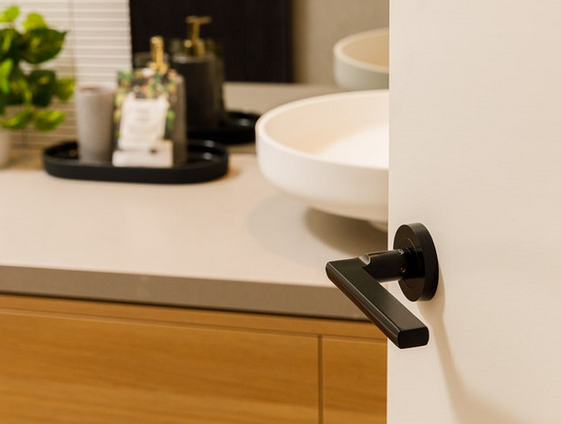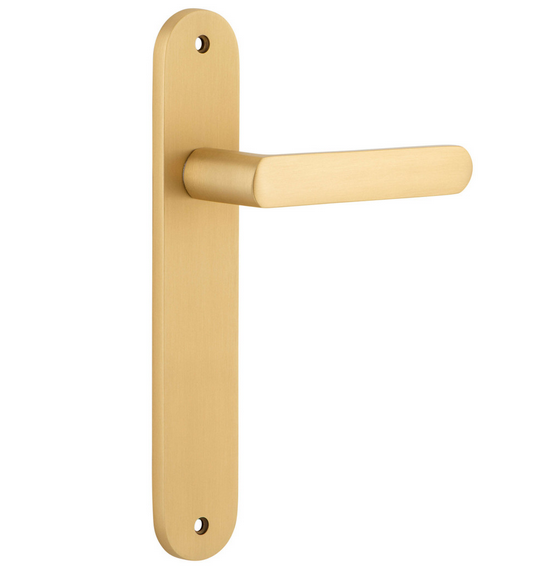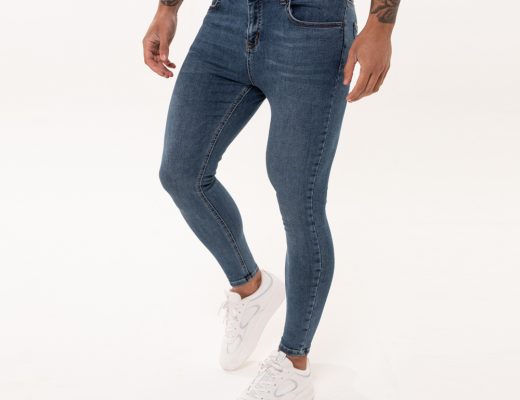Door handle designers are professionals who specialize in creating aesthetically pleasing and functional handles for doors. They utilize their knowledge of materials, ergonomics, and design principles to craft unique and innovative handles that enhance the overall look and feel of a space.
Whether it’s for commercial or residential purposes, these experts work closely with clients to understand their specific needs and preferences and translate them into custom-designed handles. They employ advanced techniques and technologies to create durable and long-lasting handles that can withstand wear and tear while maintaining their visual appeal. With their expertise and attention to detail, door handles designer plays a crucial role in enhancing the functionality and aesthetic of doors in any setting.
The process of designing a door handle may seem simple at first glance, but in reality, it requires a great deal of creativity, innovation, and technical know-how. From conceptualizing the design to testing and refining the finished product, door handle designers must navigate a complex and multi-faceted process to create a handle that is both beautiful and functional.
Research and Inspiration
The first step in the door handle design process is research and inspiration. Designers must consider the overall aesthetic of the space they’re working in and think about how the door handle can complement or enhance that look. They may also draw inspiration from other sources, such as art, fashion, and nature.
For example, a designer might look to the curves and textures of a seashell for inspiration for a door handle design. Or they may draw inspiration from the sleek lines and bold colours of a sports car for a modern and edgy handle design.
Sketching and Prototyping

Once a designer has a general idea of the direction they want to take for a door handle design, they move on to sketching and prototyping. Sketches are an essential tool for designers to visualize their ideas and work out any potential issues with a design before moving on to more formal prototypes.
Prototyping allows designers to create a physical version of their design, which they can test for functionality, durability, and aesthetic appeal. The prototype stage is where designers can make adjustments and refinements to their designs based on feedback and testing.
Materials and Manufacturing
After the design has been finalized and prototyped, the next step is to determine the materials and manufacturing process. Materials play a significant role in the look and feel of a door handle, as well as its durability and functionality. Common materials used in door handle design include metals like brass, steel, and aluminium, as well as glass, wood, and plastics.
Manufacturing methods can vary widely depending on the material and design of the handle. Some handles may be created using traditional methods like casting or forging, while others may use modern techniques like 3D printing or laser cutting.
Final Touches and Installation
Once the door handle has been manufactured, it’s time for the final touches and installation. Designers may add finishing touches like polishing, coating, or engraving to the handle to enhance its aesthetic appeal or functionality.
Installation is also an important consideration, as the door handle must be properly installed to ensure it functions correctly and securely. Designers may provide instructions or guidance for installation or work with a contractor or installer to ensure the handle is installed properly.


